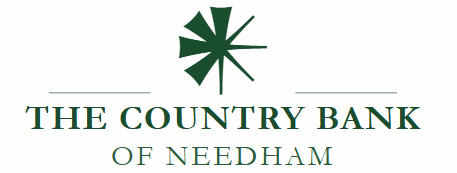Understanding Foreign Currency ex-MOTION
can be exchanged for those shoes by selling the wheat for a pound, changing the pound for a mark, and using the mark to buy the shoes a Now, if there is no inflation anywhere, there is no change in either the pound price of wheat or the mark price of shoes.
However, over time, a currency-rate move, to 2 marks per pound for example, will alter this relationship.
The wheat can still be sold for a pound, but the pound will now buy 2 marks, which will buy not 1 pair, but 2 pairs, of shoes. Be cause the exchange rate for real goods (wheat for shoes) has been altered, a real-currency-rate move has occurred.
As illustrated by the preceding example, the distinction between a real- and a nominal-currency-rate change is important. It matters to managers because nominal-rate changes do not necessarily alter corporate competitive positions, but real ones do.
In addition, the distinction is important to government economic policy and tactics. As we shall see, for example, it is not clear whether governments can cause lasting real-exchange-rate movement by forcing changes in the nominal rate.
A nominal-rate change, by definition, is offset by the inflation differential between the currencies and, therefore, will not do much to help with a trade deficit. We will look at these issues shortly.
First, though, we will look at what actually happened to exchange rates in the period 1974-1990, both real and nominal, for some of our more widely traded currencies, as shown in Exhibits 2.1 to 2.5. In all cases, the consumer.
